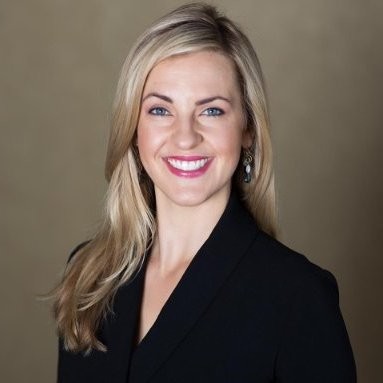We’ve talked a lot about workplace reintegration and navigating these uncertain times as organizations—but what about the personal toll? Nonprofit burnout and self-care are more relevant than ever as we face ongoing work-from-home fatigue and blurred boundaries between work and life. Managing individual stress in this environment is tough, and if you’re feeling it—you’re not alone.
Our weekly Wednesday 9am MT/11am ET Clubhouse chats are full of robust conversation about topics within nonprofits. As always, please feel free to add and reflect on your learnings and experiences! Here’s some key takeaways from our chat about personal fatigue— strategies for adjusting to high screen time and an abundance of change while taking care of ourselves as individuals.
1. Email Boundaries:
With any type of hybrid work environment (a mix of remote and in-person staffing), conversations that used to happen within seconds can be dragged out across numerous emails. Setting email boundaries is a fantastic way to combat fatigue. Executive Coach Maria Cristini explained that we train people with our actions and boundaries by showing them how we will treat our emails. She encouraged us to set our own standards and do what works for us; when you set the boundary, others will adjust. Some recommendations: utilize auto-reply to indicate what days/times you check your email; schedule replies for morning if you’re working late so others don’t come to expect replies after-hours; and allow some email content to work itself out if it isn’t urgent.
2. Time Blocking:
Some of us can bounce from a conference room meeting straight into a quick brainstorming session, and then over to a zoom call within an hour. Others need more time to get into a flow. Maria Cristini reminded us that our brains work in two ways: the left side is analytical while the right side is creative. She recommended blocking off chunks of time for specific types of work— even blocking days for types of work. For example, I am now reserving two days of my week for creative work and three for client meetings. Gilda VanderHeyden, who works as a Personal Development Coach, added that limiting distractions and focusing on balance can also make a huge difference. Too often we get caught up in a rabbit hole of an off-topic idea or task. Gilda recommended keeping a running note of these things as they pop into your brain so that you can revisit them once the day’s tasks are finished. She also offers a *FREE* guide: ‘How to Focus on Your Priorities’. If you’re looking for less overwhelm and more balance, you can download it on her website at nonprofitpath.com.
3. Burnout:
As much as we’d like to, we can’t do it all! Nathan Chappell pointed out that nonprofit work can be a lifestyle— especially when you’re intensely passionate about your mission. Work feels like a mission-in-action for many of us. We’re all susceptible to burnout, and it’s vital that we identify our personal symptoms before they take over. Re-aligning by taking a day off, switching up your schedule, or starting a new project can all be great ways to reduce burnout symptoms. Check out his wood working at @stumphousecreative for more about Nathan’s favorite outlet! On another note, Lisa Greer encouraged us to refuse “online lunch”. Don’t be afraid to fiercely reserve that time for yourself! Read a book, watch a quick show, leave your phone behind, and don’t compromise your “you-time” to refresh and re-energize your mind. Not only does clearing your mind counter burnout, but it often results in higher-quality work.
4. Self Care:
Candie Davidson-Goldbronn is noticing people languishing — losing vitality— likely caused by Zoom fatigue, overbooking calendars since there’s no travel time, working in their living spaces, and a constant state of national debate. The best way to make it through in one-piece is to encourage team members to prioritize their individual self care. Setting email boundaries, improving time management, and pursuing energizing hobbies are great ways to prioritize self-care and avoid burnout. Another great tip? Nathan Chappell shared that returning to the practice of clocking-in and clocking-out (yes, seriously!) has done wonders for his boundaries, which is something he typically struggles with. Creating a routine to be “on” during work and “off” after hours improves focus, balance, and overall well-being daily.





